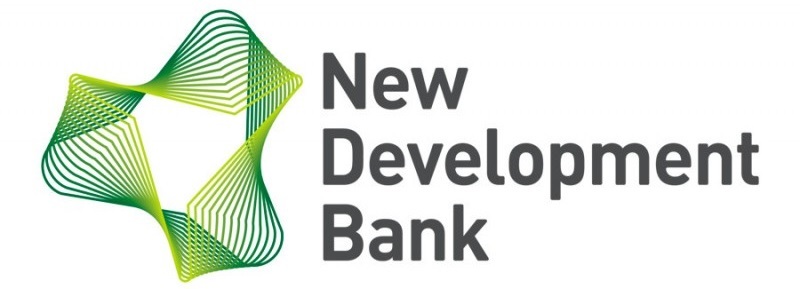BRICS as a Multimodal Format of Cooperation / Yaroslav Lisovolik
Yaroslav Lisovolik - Programme Director of the Valdai International Discussion Club

© Антон Ефимов, ИА PrimaMedia
Over the past few years the BRICS countries have stepped up discussions on new formats of cooperation among which the BRICS Plus concept initiated by China in 2017 has given rise to the most intense debate and discussion. This concept was first developed at the BRICS summit in South Africa in 2018 where the South African side invited the representatives of the countries of regional integration groups of the developing world. Apart from the growing level of cooperation between the regional blocs of the BRICS countries, the cooperation between regional development institutions and the New Development Bank (NDB) is worth noting. Also of note is the increase in discussions on expanding the membership of the NDB mainly with the support of the regional partners of the BRICS countries. All these initiatives can be considered as key components of the extended and open format of the BRICS Plus format.
With reference to the events of 2019 and the discussion of the cooperation format among the BRICS countries with their partners from developing countries the most noteworthy are the steps taken to expand the NDB membership. Essentially the increased number of the NDB members will remove the urgent need to expand the core pool of the BRICS members, while the model of the NDB expansion can be viewed as one of the directions of development of the so-called BRICS Plus format, i.e. the cooperation between the main members of BRICS and their regional partners from developing countries.
In practical terms, the expanded membership of the NDB will facilitate the first steps of the institutionalization of the BRICS Plus concept. According to the statements of the representatives of the BRICS countries joining the NDB of the regional partners of the core BRICS countries is one of the possible ways to expand the NDB. Also, the regional approach to expanding the NDB membership has an economic dimension, as it enables the main BRICS economies to be more actively involved in integrating ties with their neighbours and financing the associated projects via the NDB. Also, the regional strategy for the expansion of the BRICS membership allows to use the potential synergies existing between the NDB financial instruments and regional mechanisms which could contribute to and enhance the positive effect from project financing by the bank.
In this regard the economic advantages and potential for integrating connectivity between the main BRICS economies and their regional partners can be further strengthened by creating a platform for cooperation for the regional development banks and funds where members are the BRICS countries. Such a platform for cooperation between regional development banks can include the Eurasian Development Bank (EDB), the Development Bank of South Africa (DBSA), the SAARC Development Fund (SDF), the Structural Convergence Fund of Mercosur (FOCEM), the China Development Bank (CDB), the China-ASEAN Investment Cooperation Fund (CAF), and the New Development Bank (NDB). Among this group of development institutions the NDB could play a coordinating role in support of the BRICS Plus initiatives.
In the long term the scale of the BRICS speaks well for the implementation of not only regional but also global projects. In this regard both the creation of conditions for promoting integration between developing countries and the leadership in creating and developing new platforms of international cooperation can become the mission of BRICS.

A platform of cooperation between major regional integrational groupings of both developing and developed countries could be one of such new formats of cooperation. The support for creating such a platform could be provided by such international institutions as the WTO for which the forum of interaction with regional blocs could become a pillar in settling the increasing trade conflicts.
The G20 which is already involved along with other multilateral institutions in building cooperation with regional blocs and their development institutions could become another platform which could support the creation of the forum of interaction between regional blocs.
The creation of a global platform for interaction between regional integrational blocs is highly necessary in the current conditions of an increase in protectionism and the undermining multilateral format cooperation between countries. However, after many decades of operating under the Bretton Woods system of international institutions, paradoxically, a platform was never created for the horizontal cooperation between regional integration groups and vertical channels to enhance collaboration between regional and global multilateral institutions.
Read more in the source: Special issue of the International Affairs magazine devoted to the Russian BRICS Chairmanship in 2020


